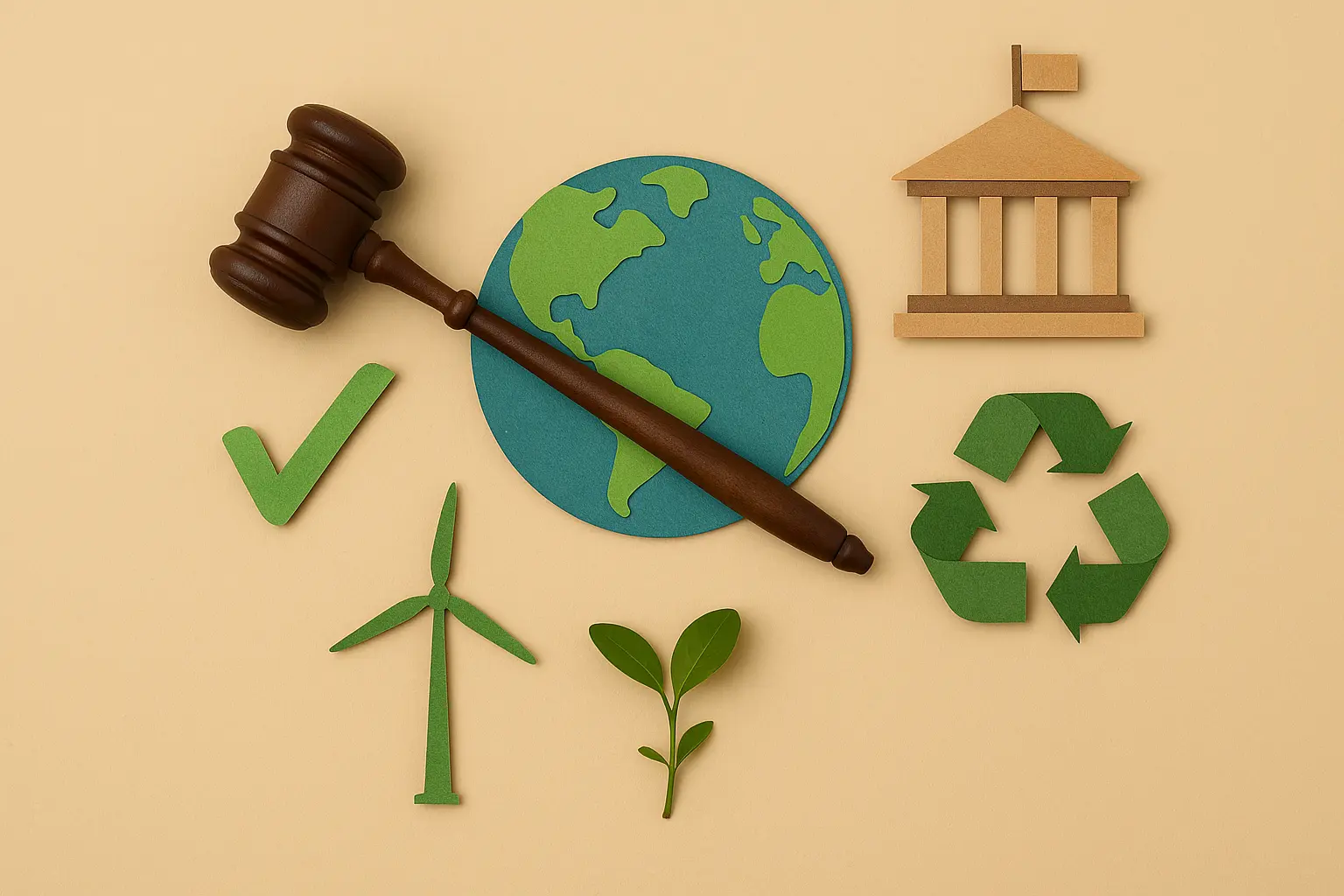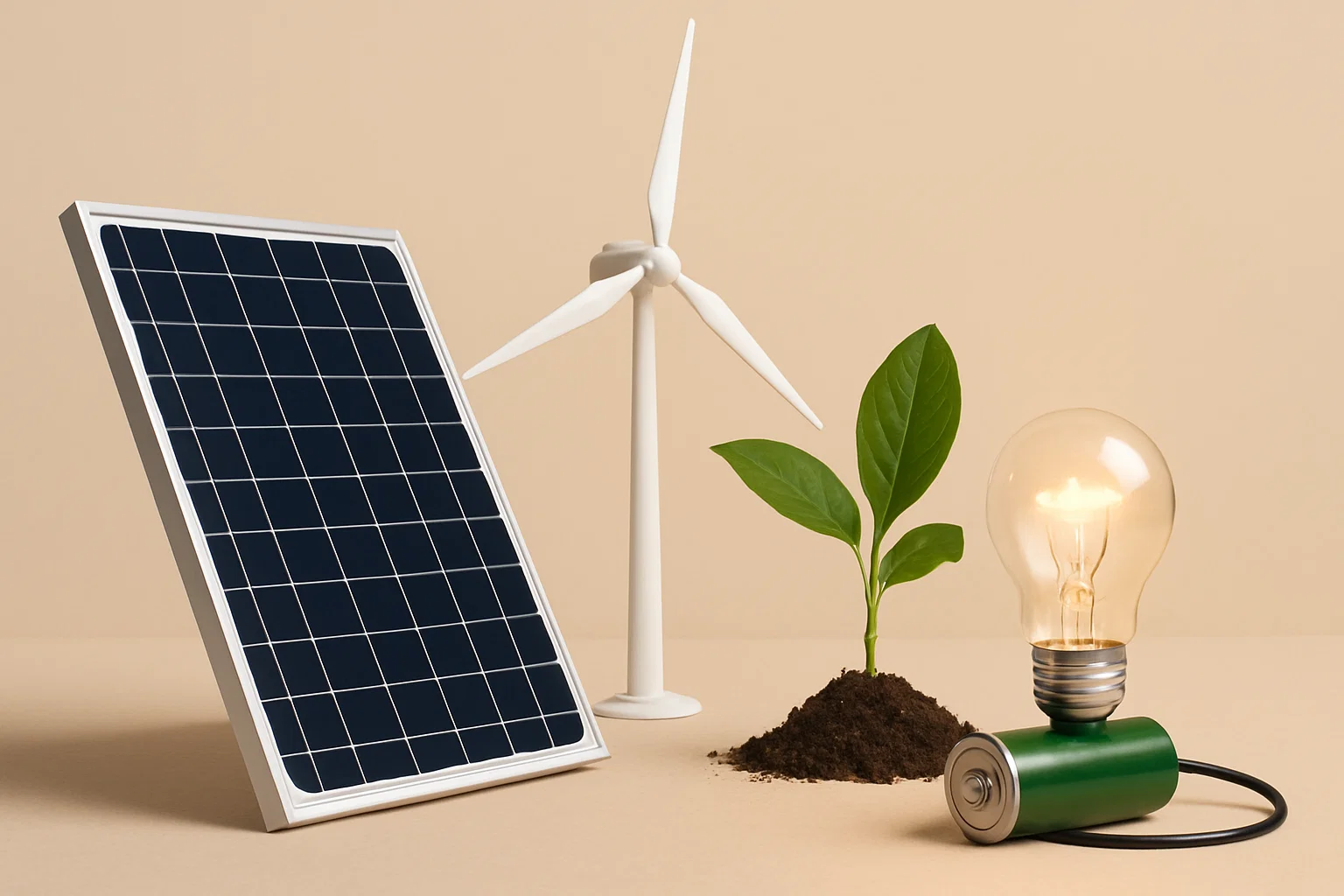The Power in Your Purchase: Unraveling the Real Link Between Climate Change and Consumer Choice

The discourse surrounding climate change often focuses on large-scale industrial emissions, governmental policies, and international agreements. While these are undeniably critical, a powerful and often underestimated force in shaping our planet's future lies in the everyday decisions we make as consumers. From the food we eat to the clothes we wear, the energy we use in our homes to the way we travel, our individual purchasing choices have a direct and significant impact on greenhouse gas emissions and the overall health of our environment.
Understanding this real link between climate change and consumer choice is not about individual blame; rather, it's about recognizing the agency we possess. By making informed and conscious decisions about what we buy and how we live, we can collectively send powerful signals to businesses and industries, driving demand for more sustainable products and practices. This exploration delves into the intricate connections between our consumer habits and the climate crisis, offering valuable insights that will encourage, guide, and inspire you to harness the power of your purchase for a more sustainable world.
The Carbon Footprint of Our Shopping Baskets: Tracing the Emissions Trail
Every product we consume carries a "carbon footprint" – the total amount of greenhouse gases emitted throughout its lifecycle, from raw material extraction and manufacturing to transportation, use, and eventual disposal. Understanding where these emissions originate can illuminate the impact of our consumer choices:
- Food: The food system is a significant contributor to greenhouse gas emissions. Meat production, particularly beef and lamb, has a high carbon footprint due to land use change, methane emissions from livestock, and energy-intensive processes. Processed foods often involve complex supply chains and energy-intensive manufacturing. Choosing more plant-based options, locally sourced produce, and reducing food waste can significantly lower your food-related emissions.
- Fashion: The fashion industry is another major polluter. The production of textiles, especially synthetic fibers like polyester, relies heavily on fossil fuels. Fast fashion encourages overconsumption and leads to massive amounts of textile waste. Opting for durable, ethically made clothing from sustainable materials, buying secondhand, and repairing garments can reduce the environmental impact of your wardrobe.
- Energy in the Home: Our energy consumption at home, primarily for heating, cooling, and electricity, contributes directly to greenhouse gas emissions if the energy source is fossil fuels. Choosing energy-efficient appliances, switching to renewable energy providers if possible, and adopting energy-saving habits can make a substantial difference.
- Transportation: The way we travel has a significant carbon footprint. ব্যক্তিগত cars, especially those with internal combustion engines, are major emitters. Choosing to walk, cycle, use public transport, or opt for electric vehicles when possible can drastically reduce your transportation-related emissions. Air travel also has a high carbon footprint, making conscious decisions about flying important.
- Electronics: The manufacturing of electronic devices requires significant energy and resources, including rare earth minerals. Their short lifespans and improper disposal contribute to e-waste. Choosing durable electronics, repairing them when possible, and recycling them responsibly can lessen their environmental impact.
The Power of Collective Demand: How Our Choices Shape Markets
While individual actions may seem small, the collective power of consumer demand can drive significant change. Businesses respond to what consumers buy. By consciously choosing sustainable products and services, we send a clear signal to the market that there is a demand for environmentally responsible alternatives. This can incentivize businesses to:
- Invest in Sustainable Practices: Companies are more likely to adopt cleaner production methods, use renewable energy, and implement circular economy principles if consumers prioritize these attributes.
- Develop Eco-Friendly Products: Consumer demand drives innovation in sustainable product design, leading to the development of more energy-efficient appliances, plant-based alternatives, and products made from recycled or biodegradable materials.
- Improve Transparency and Labeling: Increased consumer interest in sustainability can push companies to be more transparent about their environmental impact and provide clearer labeling, making it easier for consumers to make informed choices.
- Advocate for Policy Change: Consumer pressure can also influence businesses to advocate for more environmentally friendly policies and regulations.
Navigating the Green Maze: Making Informed and Sustainable Choices
With the increasing availability of products marketed as "eco-friendly" or "sustainable," it can be challenging to discern genuine efforts from greenwashing. Here are some tips for making informed choices:
- Look for Certifications: Seek out reputable third-party certifications (e.g., Energy Star, Fair Trade, organic labels) that verify environmental or ethical claims.
- Read Ingredient Lists and Materials: Understand what your products are made of and how they are produced. Opt for natural, sustainably sourced, and durable materials.
- Consider the Entire Lifecycle: Think beyond the immediate purchase and consider the product's durability, repairability, and end-of-life disposal.
- Support Companies with Transparent Values: Research companies and choose those that are transparent about their sustainability commitments and practices.
- Prioritize Needs Over Wants: Be mindful of your consumption habits and question whether you truly need a new item before purchasing it.
- Embrace Secondhand and Repaired Goods: Buying used items and repairing what you already have is often the most sustainable choice.
- Reduce Overall Consumption: The most impactful consumer choice can sometimes be to simply buy less.
The link between our individual consumer choices and the global challenge of climate change is undeniable. While systemic change driven by policy and industry is essential, the power of our collective demand as consumers cannot be overlooked. By becoming more informed and intentional about what we buy and how we live, we can each play a vital role in shaping a more sustainable future, one conscious purchase at a time. The power to influence change resides, in part, within our own shopping baskets.
Related Blogs

Glimmers of Progress: Ten Policy Victories That Advanced Planetary Health in the Past Year
Insights on how environmental policy affects you (even if you don’t vote) in a sustainable way.

Decoding the Global Commitment: A Breakdown of the Paris Agreement and the Path Forward
Insights on a breakdown of the paris agreement (and what’s next) in a sustainable way.

Ban the Bag: Choosing Reusable Alternatives to Single-Use Plastic Carry Bags
Support local bans and global reduction by opting for cloth, jute, or foldable reusable bags.

Bank for a Better Future: Choosing Ethical Finance to Power a Cleaner Planet
Finance a cleaner planet by opting for ethical banks, green investment funds, and impact fintech.

Beyond the Ban: Navigating the Post-Plastic Bag Landscape Towards True Sustainability
Insights on banning plastic bags in a sustainable way.

Powering Change: Choosing Clean Energy Alternatives to Conventional Sources
Align with energy transition policies by opting for green providers, solar, or co-operatives.
Stay in the Loop
Get tips and insights tailored to your interests — no spam, just sustainability.